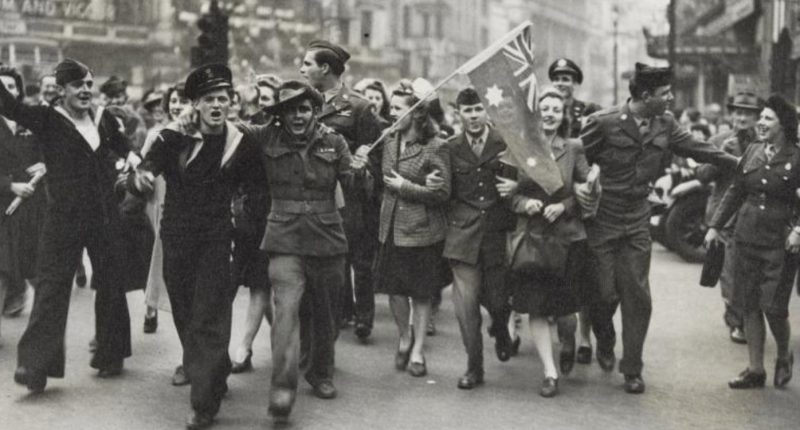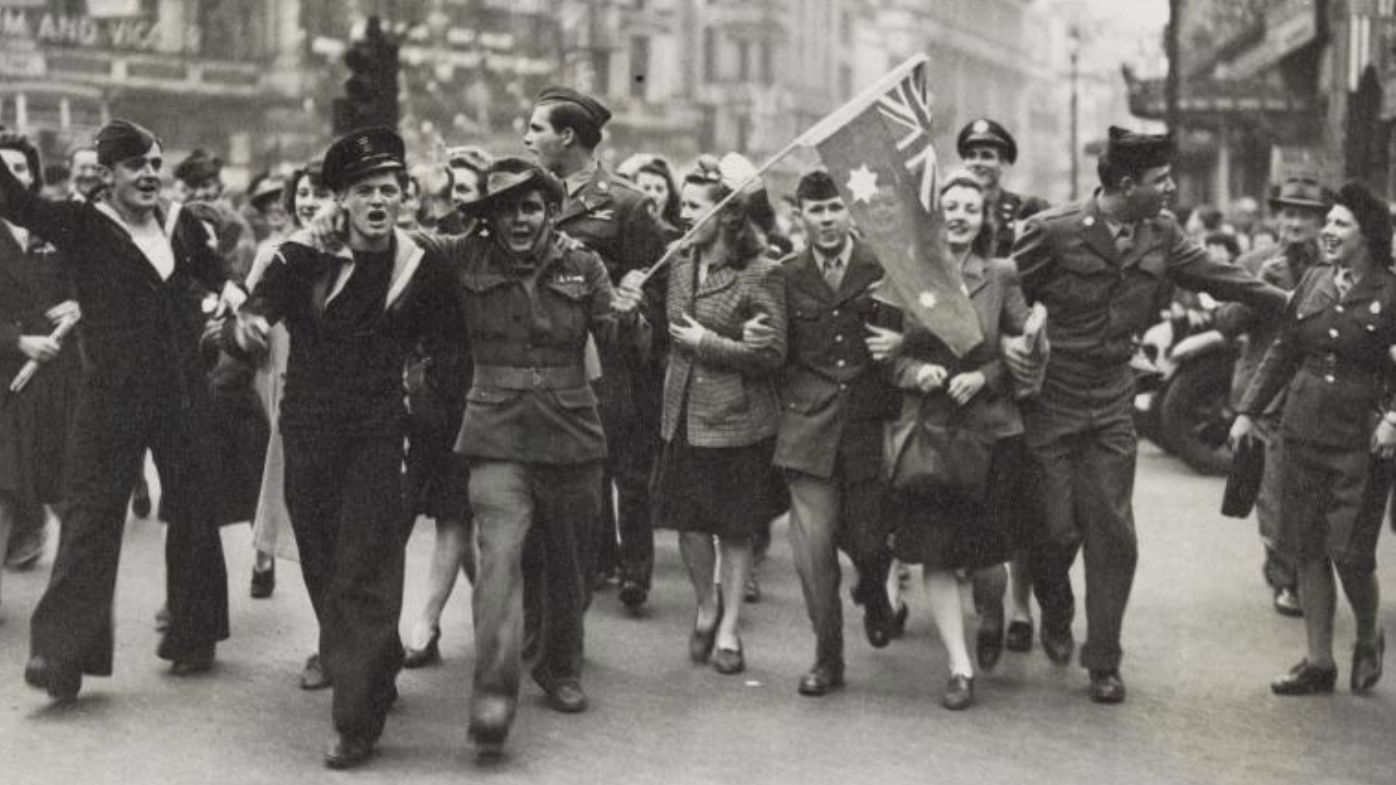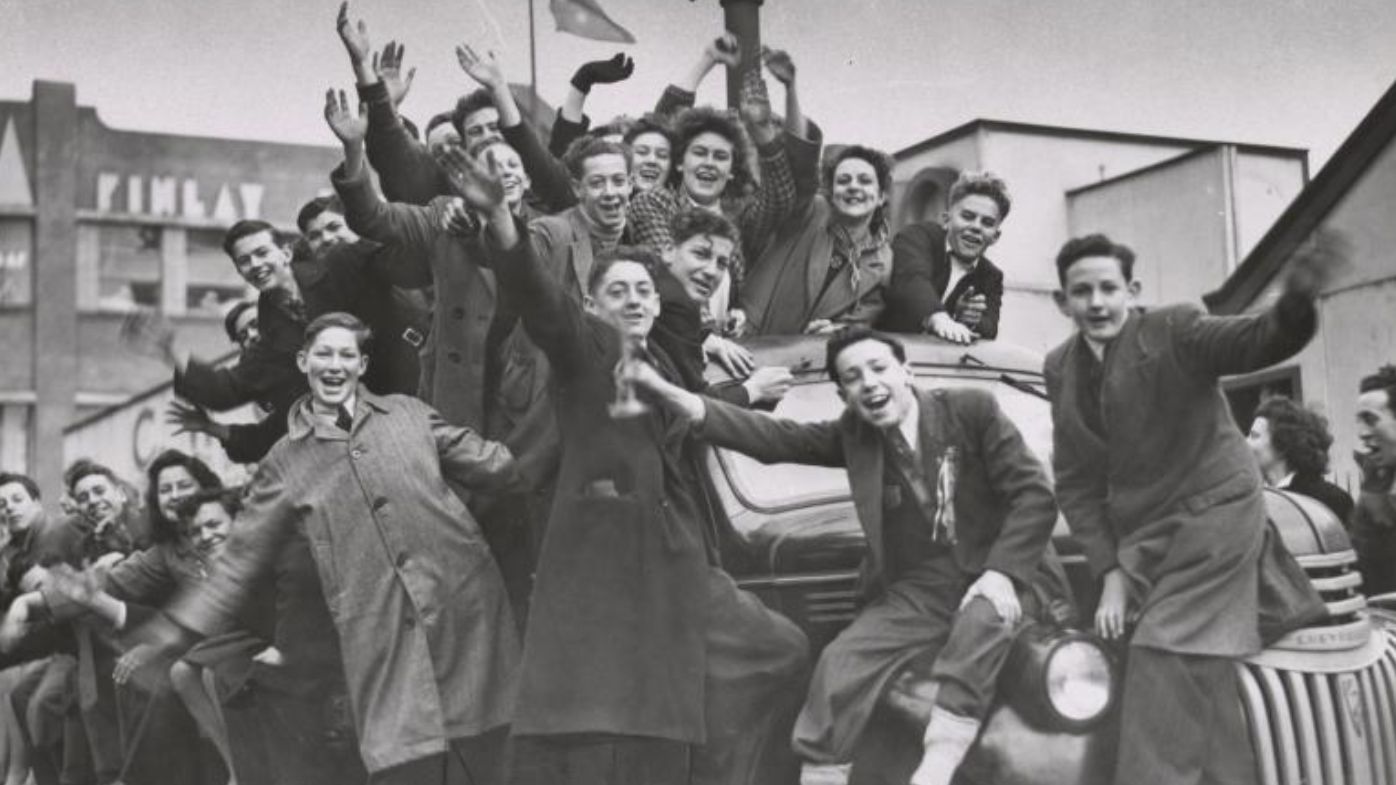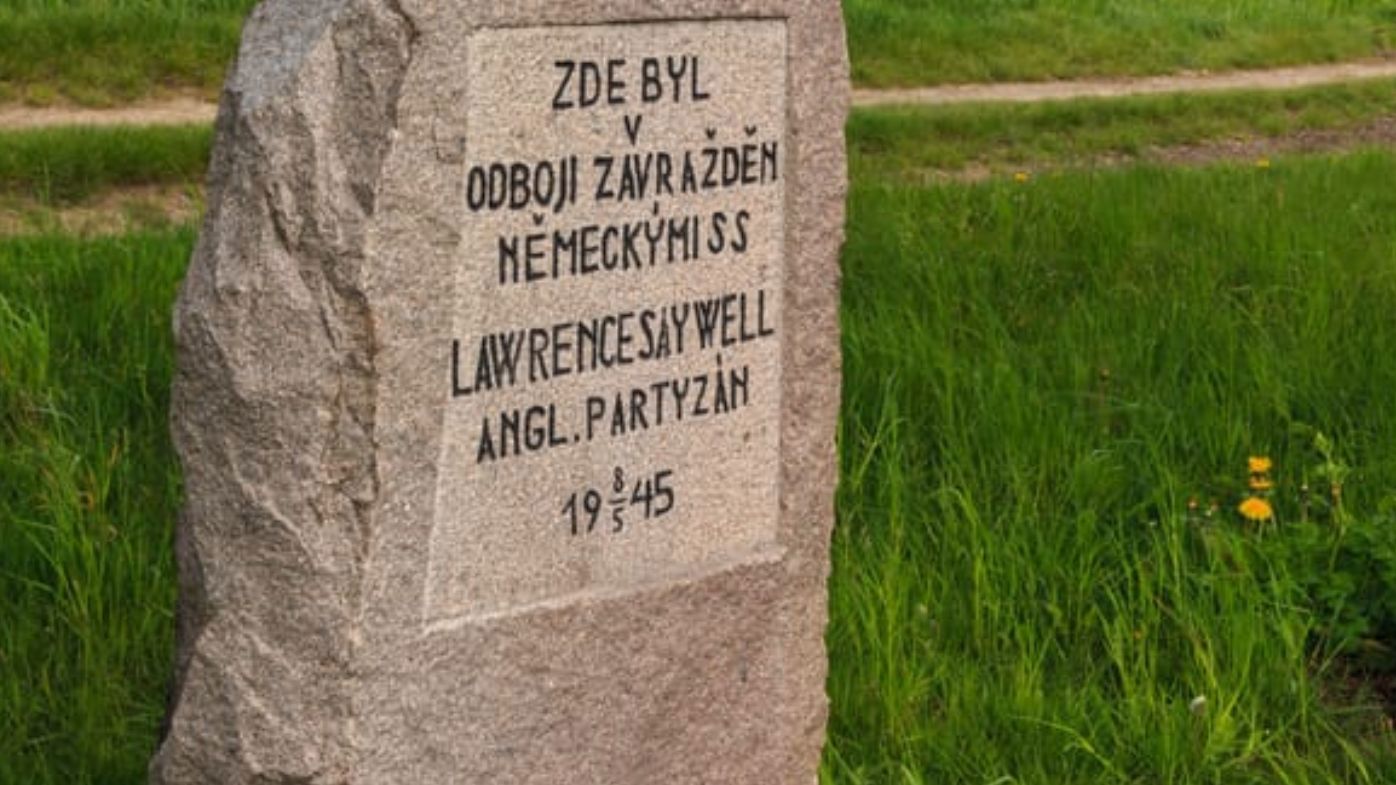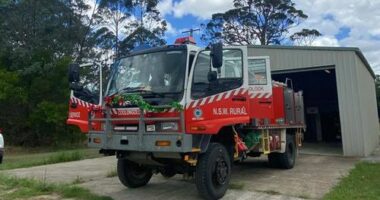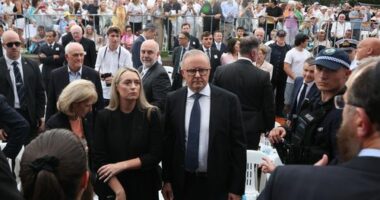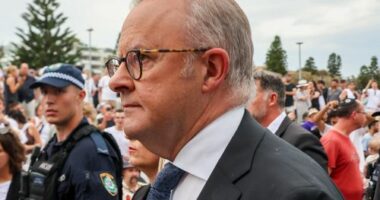Share this @internewscast.com
It was 80 years ago today when six years of fighting in World War II came to a close, sparking wild celebrations in Australia and across the globe.
The unconditional surrender was signed by top German generals on May 7, 1945, with Allied nations proclaiming Victory in Europe Day on May 8, 1945, marking the end of the conflict with Nazi Germany.
Australians from each of the three armed services and the merchant navy served in the European war.
READ MORE: 'Don't tax Bluey': Australian ambassador takes aim at Trump film tariffs
About 10,000 died, at least another 10,000 were wounded and an additional 8000 became prisoners of war while serving in Europe or the Mediterranean.
Upon the declaration of peace, some of the most exuberant celebrations erupted in Britain, where millions of Allied troops, including Australians, had been stationed.
With the government granting pubs late-night openings, the Diggers joined the party to mark the close of the deadliest conflict in history.
In Australia, the occasion was similarly celebrated, with churches conducting thanksgiving services, and in Melbourne, a service at the Shrine of Remembrance drew a crowd of 100,000 people.
READ MORE: Hundreds of jobs facing cut as Bega Cheese closes facility
But historians say the nation's mood was tempered by the realisation that Australian troops and their allies faced months of fighting against Japan.
"Back home there was celebrations the war in Europe was over … but it was quite subdued," said the Australian War Memorial's senior historian Lachlan Grant.
"It didn't have the same response as in Europe because the war was still going on in the Pacific … in a sense, it was business as usual."
But even with peace officially declared in Europe, sporadic fighting continued on VE Day, tragically claiming the lives of some unlucky troops.
Among them was Private Lawrence Saywell, from Double Bay in NSW, who was the last known Australian killed in World War II.
READ MORE: Leftover poisonous beef wellington taken for testing
He had joined up at the outbreak of war in 1939, aged 20, and was posted to the Australian Army Service Corps.
Saywell was captured two years later on the Greek island of Crete and was sent to a prisoner of war camp in German-held central Europe.
In January, 1945, he was among a small band of POWs to escape and joined a resistance group bravely fighting German troops.
But on May 8, 1945, amid the chaotic retreat of Nazi forces, Saywell was shot and badly wounded by a soldier from Germany's fanatical SS. He died of his wounds and is buried in the Prague War Cemetery in the Czech Republic.
Even with the outbreak of peace in Europe, some members of the Australian military found their work was not finished.
Many from the Royal Australian Air Force serving in bomber command found themselves involved in Operation Exodus, the repatriation of thousands of British and Commonwealth POWs from Germany back to Britain.
Other Australian air crews dropped food packages from their bombers to the starving population of the Netherlands in what was known as Operation Manna.
But the families of some Australians, largely airmen, reported missing while fighting in Europe, continued to face a long wait before they learned the fate of their loved ones.
"In 1945 they were still listed as missing. By the time the war ended, those families in Australia still didn't know what happened to them," said Grant.
"It would take up to 1946, 1947, or even 1950 for confirmation to those families about what had happened to them."
